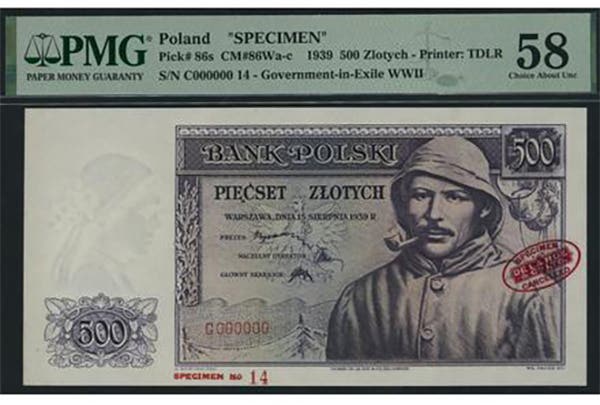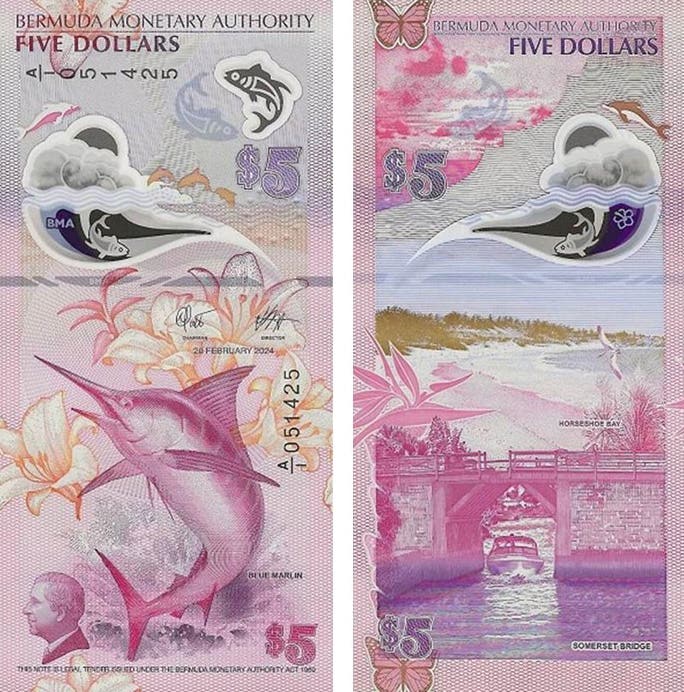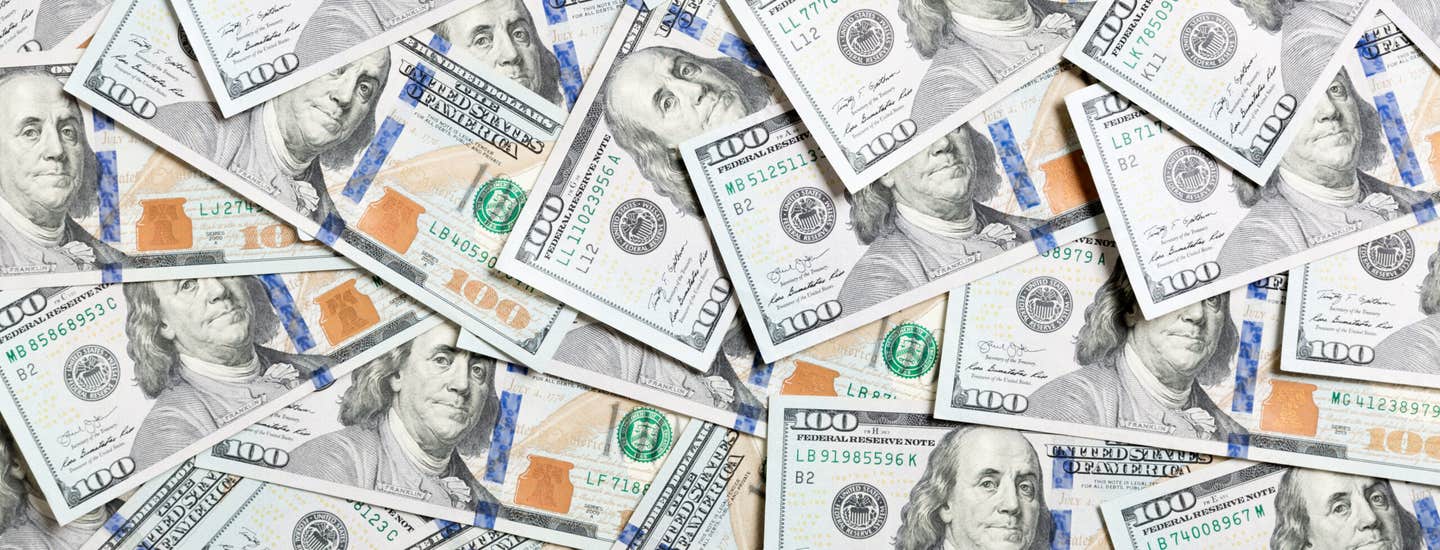Simplified Procedure for Identifying the Manufacturers of Plates Used to Overprint 1929 Nationals
Purpose The purpose of this article is to provide a procedure that will allow you to identify the manufacturer of the overprinting plate used to print the bank information on…
Purpose
The purpose of this article is to provide a procedure that will allow you to identify the manufacturer of the overprinting plate used to print the bank information on any Series of 1929 national bank note. This procedure is far easier to use and more fool proof than previous versions circulated by James Simek or published in Huntoon and Simek (2014).
Series of 1929 Overprinting Plates
Three different manufacturers made the typographic overprinting plates that applied the black bank information to Series of 1929 national bank notes.
Most of the overprinting plates were made by Barnhart Brothers & Spindler, a Chicago firm that was awarded a contract by the Bureau of Engraving and Printing to supply all the overprinting plates. The BBS plates were called logotypes, which were cast using a hard metal alloy.
BBS couldn’t keep up with the demand for plates during the startup of the series, so the Bureau of Engraving and Printing contracted with the Government Printing Office to make interim electrotype plates using forms prepared at the Bureau. The first GPO stopgap overprinting plates were finished August 26, 1929. The 1,375th required to meet the mid-October deliveries of notes to the Comptroller arrived October 16th (BEP, Aug-Nov, 1929). A handful of GPO plates were made from then into early 1930 to cover expedited orders received from the Comptroller of the Currency bringing the grand total of GPO plates to 1,380 (Hall, 1930, p. 22).
The GPO plates were used only for the first printing for the affected banks. The reason was that electrotype plates were soft so in prolonged use, the nickel-faced, lead alloy-backed type would wear poorly and deform under the demanding conditions attending use on the BEP overprinting presses. In contrast, the BBS logotypes were four times harder.
The GPO plates were succeeded by BBS logotypes in due course as deliveries of the logotypes caught up. The notes printed from the BBS plates had the same bank signatures, but the layouts differ. The earlier notes in these pairs often have larger signatures so the variety is popularly known as the large-signature variety.
The quality of the GPO overprints as judged by the crispness of the images was superior to that of the BBS logotypes.
Of the three types of overprinting plates, the GPO plates came in second in terms of the number made. Series of 1929 notes were printed for 6,996 banks before the series was terminated in 1935. Consequently, GPO plates were made for just under 20 percent of the total.
The Bureau also made inhouse chrome-coated copper plates beginning in 1930 to accommodate rush orders and later to cover unfulfilled orders when the parent firm of BBS was caught up in bankruptcy proceedings. The last of these was made in 1935.
The BBS and BEP plates came in sets of six 1-subject plates that were mounted on the bed of the overprinting press. In contrast, the GPO plates were single 6-subject plates.
In-depth coverage of this topic appears in Huntoon and Simek (2014) including illustrations of all the different fonts and sizes used by the various manufacturers.
Screening Procedure
Follow the stepwise procedure presented on Table 1 to determine which manufacturer made the plate used to overprint the bank information on any Series of 1929 national bank note. Table 2 is a list of every bank for which BEP plates were made.
Sources Cited
Bureau of Engraving and Printing, Aug-Nov, 1929, Daily reports on national currency program: Record Group 53, Bureau of the Public Debt, Series K Currency, U. S. National Archives, College Park, MD.
Hall, Alvin W., 1930, Annual report of the Director of the Bureau of Engraving and Printing for the fiscal year ended June 30,








